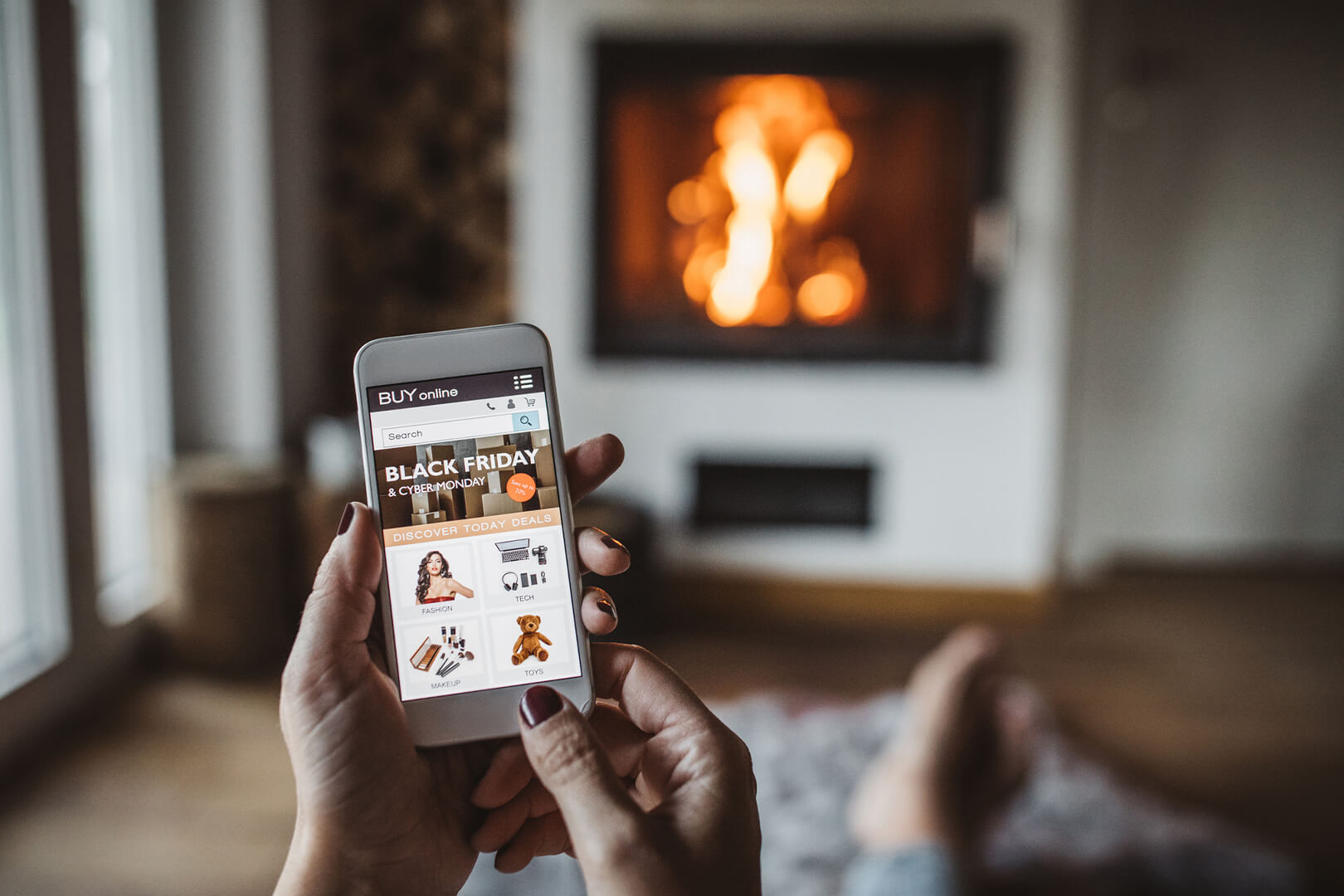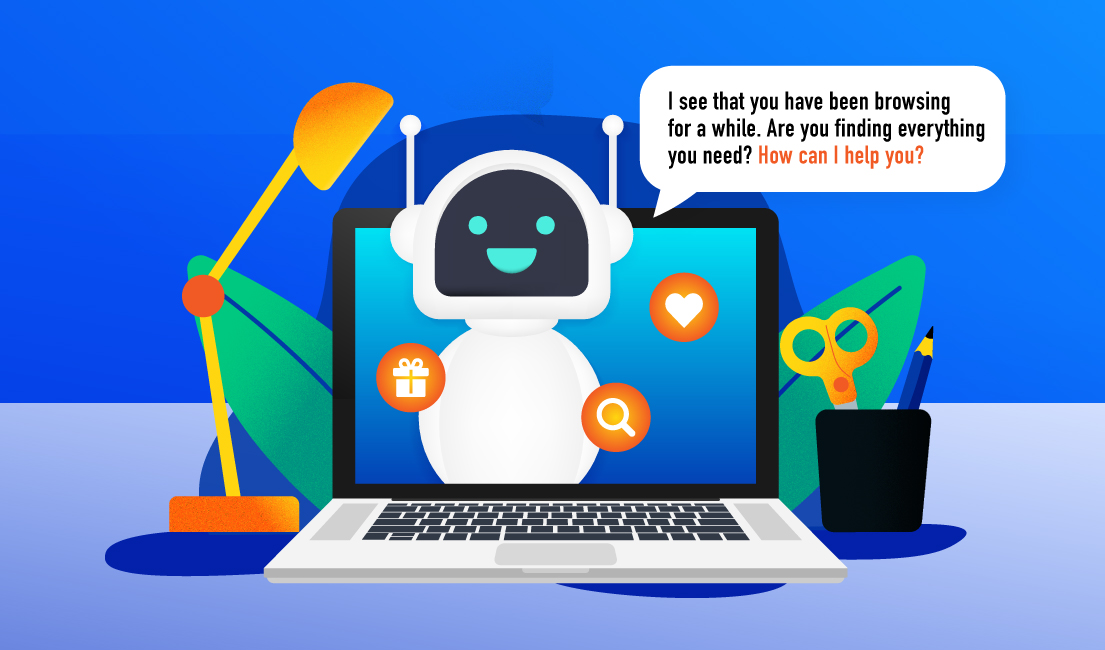Many businesses can thrive when times are good, but the real test comes when the going gets tough. By improving your marketing resilience, you will see your business through the current turmoil, and be ready to face whatever else is in store.
We are in the midst of the worst global downturn since the 2008 financial crisis. In fact, if the World Bank’s prediction is correct, and the global economy does shrink by 5.2 percent this year, it will be the deepest recession since the Second World War.
For many companies, simply weathering the storm will be a huge challenge, let alone growing the business. The immediate reaction tends to be cutting significant costs right away. However, to ensure your organization’s long-term success, you need to think more strategically about how to strengthen your company’s marketing resilience.
To do so, you will need to understand the current economic landscape, both globally and specific to your industry, and pivot accordingly. You will also need to assess the changing needs of your customers – as well as the potentially changing composition of your audience – and concentrate on meeting them head-on.
There are seven steps you can take to strengthen your key capabilities and build your marketing resilience in the current climate.
1. Focus on Data
If you want to understand how both the market and your customers are changing so your business can adapt, data is key. Just like a pilot checks the changing weather conditions while charting their course, you should rely on data to give you a reliable snapshot of the current situation. Without it, you are flying blind.
Taking a data-driven approach allows you to leverage a mix of first- and third-party data to create a holistic 360-degree view of your customers. This gives you a real-time, intimate knowledge of who your customers are and what their current priorities are, allowing you to serve them with more relevant marketing materials that they find compelling.
You can then leverage AI tools to divide your customers into segments and predict their future behavior, so you can target and prioritize your more valuable customers. This will make your marketing spend more efficient – vital during these uncertain times.
2. Stay Agile
An agile organization is one that can respond quickly to fast-changing market conditions. The key to this agility – which is so crucial at times like this – is that it comes from the top down. Management must be ready to pivot quickly as the market demands it, changing your marketing priorities at a moment’s notice.
For example, customers once interested in gym wear might now expand their purchasing to include home workout accessories like yoga mats and pilates rings (items they would have had access to at the gym). By shifting your marketing to prioritize these products alongside your traditional gym wear, you will remain their go-to retailer for their workout needs, and not fall behind the curve.
3. Review and Optimize Your Martech Stack
Making the most of your marketing technology (martech) stack will deliver exceptional customer engagement and experiences, delighting your customers and making them come back for more.
Ensure the stack is seamlessly integrated into your current system, and make sure it helps you unify and streamline your customer data from various sources. It can also enable you to use audience segmentation for precise targeting so you can tailor your marketing messages to each group separately, improving the customer experience.
An effective martech stack should also allow you to adopt a multichannel approach, reaching your audience at the right time through the right channel.
4. Prioritize Your Spending
At times of economic uncertainty, it might be tempting to slash your marketing spend. This might benefit you in the short term, but brands who keep spending are the ones more likely to be resilient when the economy picks up. Instead of slashing your spend, you should prioritize it to make sure it is working harder for you.
You can do this by prioritizing customers with a high lifetime value (LTV). Leverage predictive analytics to identify those with a higher LTV based on their predicted future behavior, and build brand awareness among them. You can also use these actionable insights to create highly personalized campaigns for higher engagement. It is your ticket to sustainable growth.
5. Search out New Opportunities
Of course it is vital to analyze your existing customers and respond to meet their changing needs, but you should never stop looking for new business. AI can help you find ‘lookalike’ audiences by comparing your existing customers’ behavior with external audience profiles, giving you maximum reach. It will also help you build awareness among these potential customers, increasing the likelihood that they engage with your brand, stay on and make purchases over time.
This is an extremely efficient way of finding new customers, as you are leveraging information you already have to appeal to more consumers of the same stripes.
6. Invest in Digital
With consumers spending more time online and on mobile during the pandemic, brands need to prioritize their digital channels in order to reach their customers. Simultaneously leveraging multiple channels from e-commerce sites to apps, email, SMS, messengers, social media, and so on, can help you reach your customers at multiple touchpoints.
Once you have identified your customers with a single customer view and segmented them based on various metrics like likelihood to convert or total lifetime value, you can also use AI tools to identify the channels most relevant to them and target them appropriately.
7. Step Up Your Loyalty Program Game
An attractive loyalty or VIP program will keep customers coming back for more, as it changes how they view spending money with your company: instead of a treat that they might feel guilty about indulging in, they will see it as more of an investment, which will lead to something in return, be it money off future purchases or a new experience.
The best loyalty programs do things a little differently – think experiential rewards, or rewards for engagement other than mere spending, like social media follows or influencer-style unboxing videos – so don’t be afraid to be off the wall, but always on message.
In times of economic uncertainty, cutting your spending deeply might seem a resolution to save costs in the short term, but it could have a negative impact on your business in the long term. Instead, you should focus on using it in a wiser, more targeted manner, in order to not only weather the storm, but also emerge stronger once it has passed.
* Looking to build greater marketing resilience? We’re here to help! Get in touch with our team today for an exclusive consultation.



